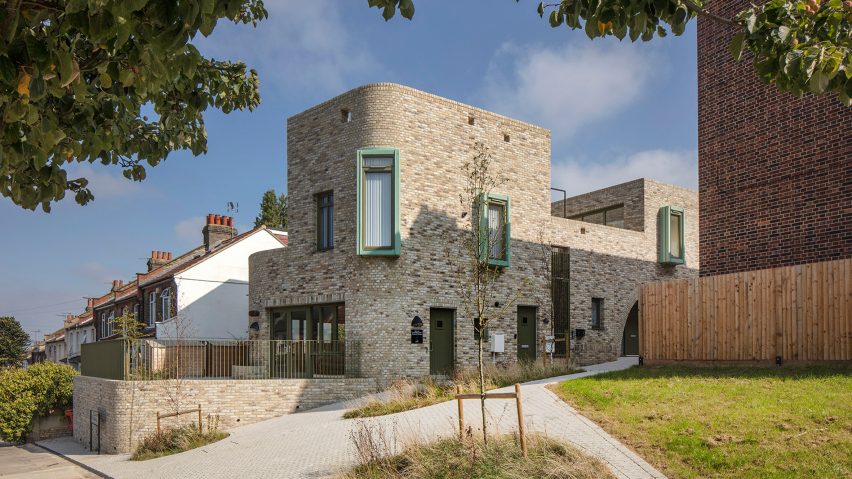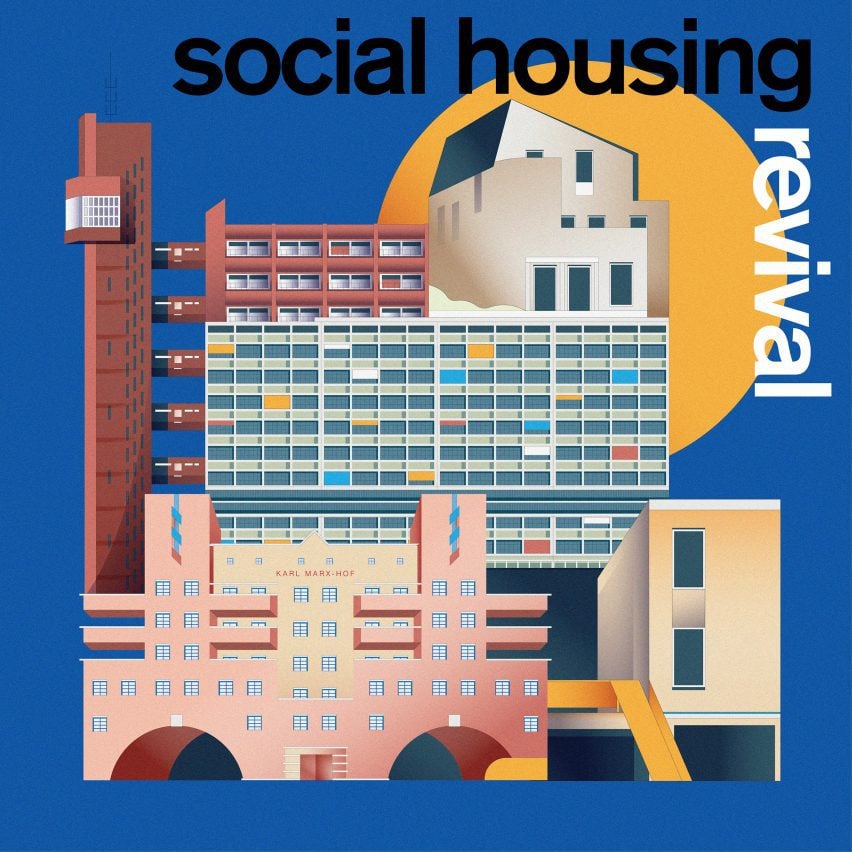
"We need a major shift in the way we look at public housing"
To help kick off our Social Housing Revival series, Peter Apps calls for a return to mass public house-building in cities around the world.
What does the future hold for our major cities? Urbanisation has been one of the most important trends of the modern era. More than half of the world's population now lives in urban areas – increasingly in large, very densely populated cities – and projections suggest this proportion will keep growing through to 2050.
But housing in urban centres is becoming increasingly unaffordable.
During recent years, enormous amounts of capital have been poured into acquiring real estate in cities, particularly after the global financial crisis of 2008 and the quantitative easing policies many central banks adopted in its aftermath.
'Housing in urban centres is becoming increasingly unaffordable'
In 2013/14, corporate buying of larger properties in the world's 100 largest cities rose from $600 billion to $1 trillion. A 2017 UN-backed report said real estate represented 60 per cent of the value of all global assets, with residential real estate comprising 75 per cent of that total.
"Housing is at the centre of an historic structural transformation in global investment and the economies of the industrialized world, with profound consequences for those in need of adequate housing," the report said.
People trying to find a decent home in our major cities now compete with funds like Blackstone, an asset investor whose wealth exceeds the GDP of Denmark, and has been "purchasing multi-family rentals at unprecedented rates across the world" since 2008, according to research from independent human-rights experts.
They also compete with smaller portfolio investors who see homes as the route to financial security: something to be converted into an AirBnb or short-term rental unit.
This is a competition most of us simply cannot win, and the defeats are being played out in escalating social problems around the developed world.
In London, homelessness is at a historic high and primary schools are closing their doors because people are either deciding against having children or leaving the city to find family-sized housing elsewhere when they do.
The world can reach for the same solution it did in the early part of the 20th century
The city is now full of hungry, homeless children reliant on food banks to fill their stomachs and without a permanent place to call home. The Times recently ran a feature on a south London school were 80 per cent of the children live in statutory temporary accommodation for the homeless.
Children are also departing from major US cities, and homelessness in cities like New York has reached levels not seen since the Great Depression. In November 2023, there were 92,824 homeless people, including 33,365 homeless children, sleeping each night in the city's main municipal shelter system.
What can we do about this? Luckily, there is an answer. The world can reach for the same solution it did in the early part of the 20th century: providing housing as a public service instead of simply relying on the market.
In a 60-year period from the end of world war one to the rise of Thatcherite neo-liberalism in the 1980s, public housing transformed London. Gone were the Victorian slums, the families living in single rooms, the outside toilets, the exploitative landlords of Charles Dickens' era.
In their place were publicly-owned municipal housing estates – warm, safe, dry, spacious and affordable, with rents set according to formulas based on average local incomes. By 1981, 34.8 per cent of Londoners lived in social housing.
This was a base from which a very different city might have been built for the 21st century. Instead, the investment in social housing was choked off, homes were sold at a discount and the housing was neglected, allowed to decline and finally demolished in too many cases.
The private market is out of control because it no longer responds to individuals
Since then, with the adoption of modern fiscal rules and the rolling back of major state intervention in markets like housing, most of the world has not built public housing with anywhere near the same ambition.
But the demand has never been higher. Even in Paris – the capital city of a country where investment in social housing has always been comparatively high – there are 10 candidates for every vacant social home in the region, and more than 750,000 people waiting for social housing. The city faces a major dilemma ahead of the Olympic Games this summer: so many of its hotel rooms are being used to house the homeless that it may not have enough for the fans.
When we have built in major cities over recent decades, we have tended to serve the needs of the real-estate funds hungry for assets, not the citizens looking for a home and a decent job. London has seen a boom era of construction in the last decade. Since 2015, it has built 316,498 homes – almost two entire new boroughs. But just 7,526 have been for social rent. That's about 2 per cent.
We have built developments like Nine Elms – the new housing complex that surrounds the US embassy in London. Built by a joint venture between Irish property company Ballymore and the giant Malaysian investor EcoWorld, it has seen more than 5,000 homes built, with 15,000 still to come.
But while money has been found for a "Sky Pool" suspended 35 metres in the air and a new underground railway to boost its attractiveness to potential buyers, the developers have negotiated down the amount of affordable housing provided to just 18 per cent.
This is no future for our cities. The private market is out of control because it no longer responds to individuals, but the wealth of the planet's largest investors. The only way to break that cycle is to stop relying on the market.
It is a major investment, but it is one we cannot afford not to make
There are small, green shoots of progress to show this happening again. In London, public housing is coming back: local-government bodies are building homes for the first time since the 1970s. The numbers are still a fringe of the overall housing market, but the growth has been rapid. They are often among the most architecturally interesting projects the city has to offer.
In New York, local lawmakers recently voted to create a public housing developer that would charge residents no more than 25 per cent their income.
These projects could be the start. But we need a major shift in the way we look at public housing in our big cities: yes, it is a major investment, but it is one we cannot afford not to make.
The next 100 years will be challenging for cities. Populations will age, climate change will bring flooding, heat and fire, and technology will replace many of the jobs residents rely on today. To have a hope of surviving these challenges, people need the security of a place to live.
We need to start building these places, and public housing – not a market distorted by the vast treasure chests of the world's most wealthy investors – is the route to take.
Peter Apps is a London-based journalist specialising in social housing. He was formerly the deputy editor of Inside Housing and his book on the Grenfell Tower fire, titled Show Me The Bodies, won the 2023 Orwell Prize for political writing.
The photo, showing Bevan Road by Peter Barber Architects in south-east London, is by Morley von Sternberg.

Social Housing Revival
This article is part of Dezeen's Social Housing Revival series exploring the new wave of quality social housing being built around the world, and asking whether a return to social house-building at scale can help solve affordability issues and homelessness in our major cities.